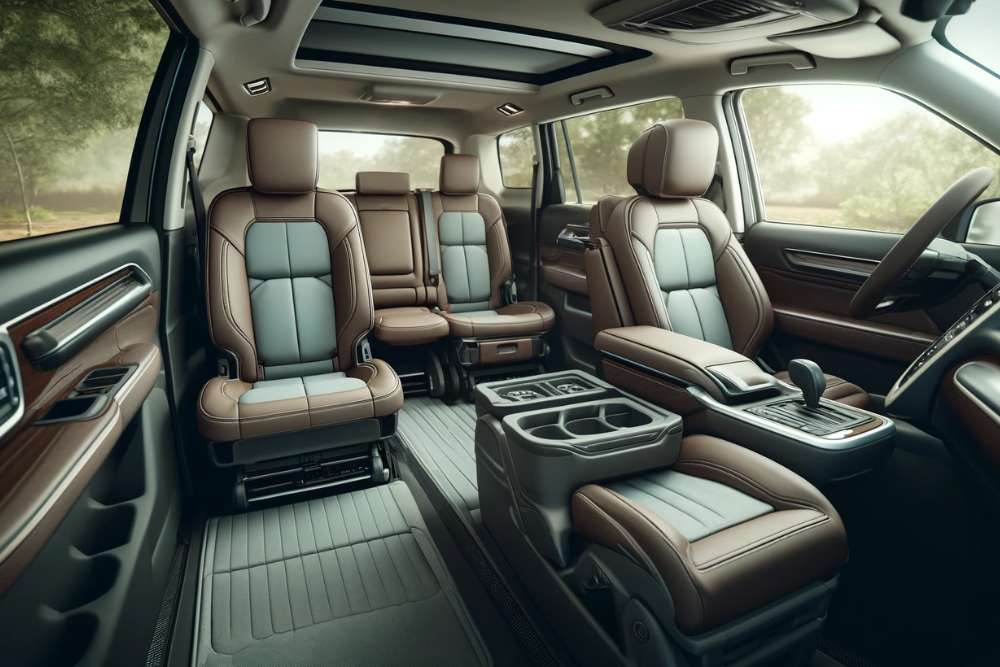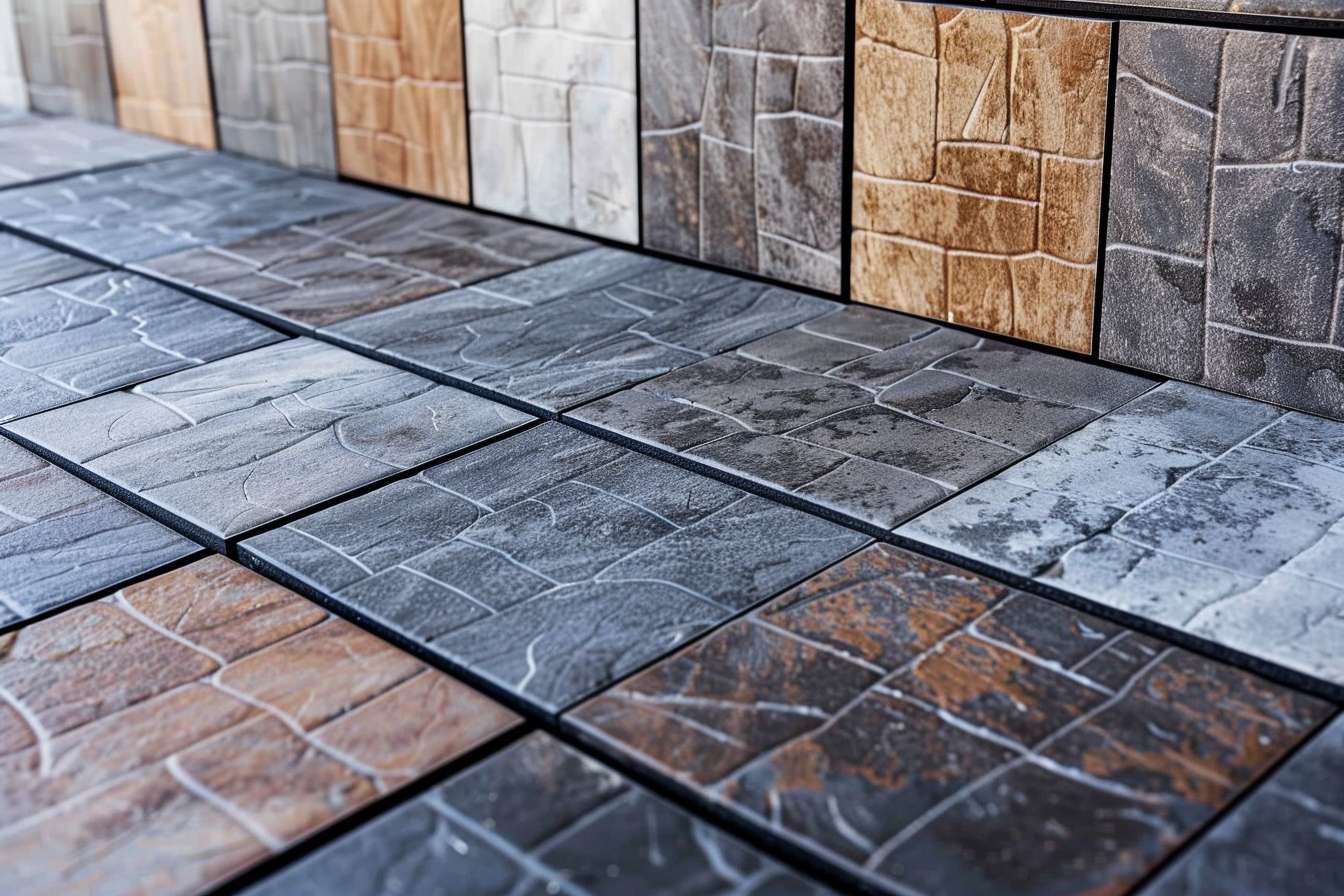Modular Homes: A Modern Solution for Flexible and Efficient Living
Modular homes have gained popularity in recent years as an innovative and efficient housing solution. These prefabricated structures offer a unique blend of customization, affordability, and sustainability that appeals to a wide range of homeowners. From compact, small prefab cabins to spacious family homes, modular construction techniques are revolutionizing the way we think about residential buildings.

What are modular homes and how do they differ from traditional construction?
Modular homes are residential structures built in sections or modules in a factory setting, then transported to the building site for assembly. Unlike traditional stick-built homes constructed entirely on-site, modular homes are largely completed indoors, protected from weather-related delays and damage. This controlled environment allows for greater precision, quality control, and efficiency in the building process.
The key difference lies in the construction method. While traditional homes are built piece by piece on-site, modular homes arrive in pre-built sections that are quickly assembled on the foundation. This approach can significantly reduce construction time and labor costs, making modular homes an attractive option for many homebuyers.
What are the benefits of choosing a modular home?
Modular homes offer several advantages over traditional construction methods:
-
Faster construction: With most of the building process completed in a factory, on-site assembly can be completed in a matter of weeks rather than months.
-
Cost-effectiveness: Streamlined production and reduced labor costs often translate to savings for the homeowner.
-
Quality control: Factory-built modules undergo rigorous inspections and are constructed in a controlled environment, ensuring consistent quality.
-
Sustainability: Modular construction typically generates less waste and can incorporate eco-friendly materials and energy-efficient designs more easily.
-
Flexibility: Modular homes can be easily expanded or modified by adding or removing sections, allowing for future adaptability.
How do modular log cabins combine traditional aesthetics with modern efficiency?
Modular log cabins represent a perfect blend of rustic charm and contemporary building techniques. These structures maintain the classic appearance of traditional log homes while benefiting from the efficiency and precision of modular construction. Modular log cabins are typically constructed using pre-cut, engineered logs that are assembled in a factory setting.
The result is a home that offers the warmth and character of a log cabin with improved energy efficiency, reduced settling issues, and faster construction times. Modular log cabins can range from small, cozy retreats to spacious family homes, making them versatile options for various needs and preferences.
Are small prefab cabins a good option for vacation homes or guest houses?
Small prefab cabins have become increasingly popular for those seeking affordable, low-maintenance vacation homes or guest accommodations. These compact structures offer several advantages:
-
Affordability: Small prefab cabins are often more budget-friendly than traditional vacation homes, making second-home ownership more accessible.
-
Quick installation: Many small prefab cabins can be assembled in a matter of days, minimizing disruption to the surrounding environment.
-
Versatility: These structures can serve various purposes, from vacation retreats to home offices or guest houses.
-
Minimal environmental impact: The smaller footprint and efficient construction process of prefab cabins often result in reduced environmental impact compared to larger, site-built structures.
-
Low maintenance: High-quality materials and precise factory construction can lead to lower maintenance requirements over time.
How does the cost of modular homes compare to traditional construction?
The cost of modular homes can vary significantly depending on factors such as size, design complexity, and location. However, in many cases, modular construction can offer cost savings compared to traditional building methods.
| Cost Factor | Modular Homes | Traditional Construction |
|---|---|---|
| Labor Costs | Lower due to factory efficiency | Higher due to on-site labor |
| Materials | Often less expensive due to bulk purchasing | Variable, potentially higher |
| Construction Time | Shorter, reducing financing costs | Longer, potentially increasing costs |
| Customization | May increase costs for extensive changes | Flexible, but can be more expensive |
| Site Work | Similar costs for foundation and utilities | Similar costs for foundation and utilities |
Prices, rates, or cost estimates mentioned in this article are based on the latest available information but may change over time. Independent research is advised before making financial decisions.
While modular homes can often be more affordable, it’s important to note that the final cost will depend on various factors, including local building codes, transportation costs, and site preparation. Some high-end modular homes can be as expensive as their site-built counterparts, especially when incorporating custom designs and luxury finishes.
What should potential buyers consider when exploring modular home options?
When considering a modular home, potential buyers should keep the following factors in mind:
-
Local zoning laws and building codes: Ensure that modular homes are permitted in your desired location and meet all local regulations.
-
Customization options: While modular homes offer many design choices, there may be limitations compared to completely custom-built homes.
-
Resale value: Research the local real estate market to understand how modular homes are perceived and valued in your area.
-
Financing: Some lenders may have specific requirements or limitations for modular home mortgages.
-
Builder reputation: Choose a reputable modular home manufacturer with a track record of quality construction and customer satisfaction.
-
Transportation and assembly costs: Factor in the expenses associated with delivering and assembling the home modules on your property.
Modular homes offer an innovative approach to residential construction, combining efficiency, quality, and flexibility. From modular log cabins to small prefab cabins and full-sized family homes, this building method provides diverse options for homeowners seeking a modern alternative to traditional construction. By carefully considering the benefits, costs, and potential challenges, buyers can make informed decisions about whether a modular home is the right choice for their needs and preferences.




